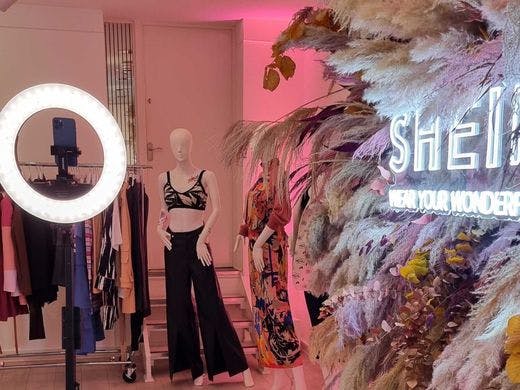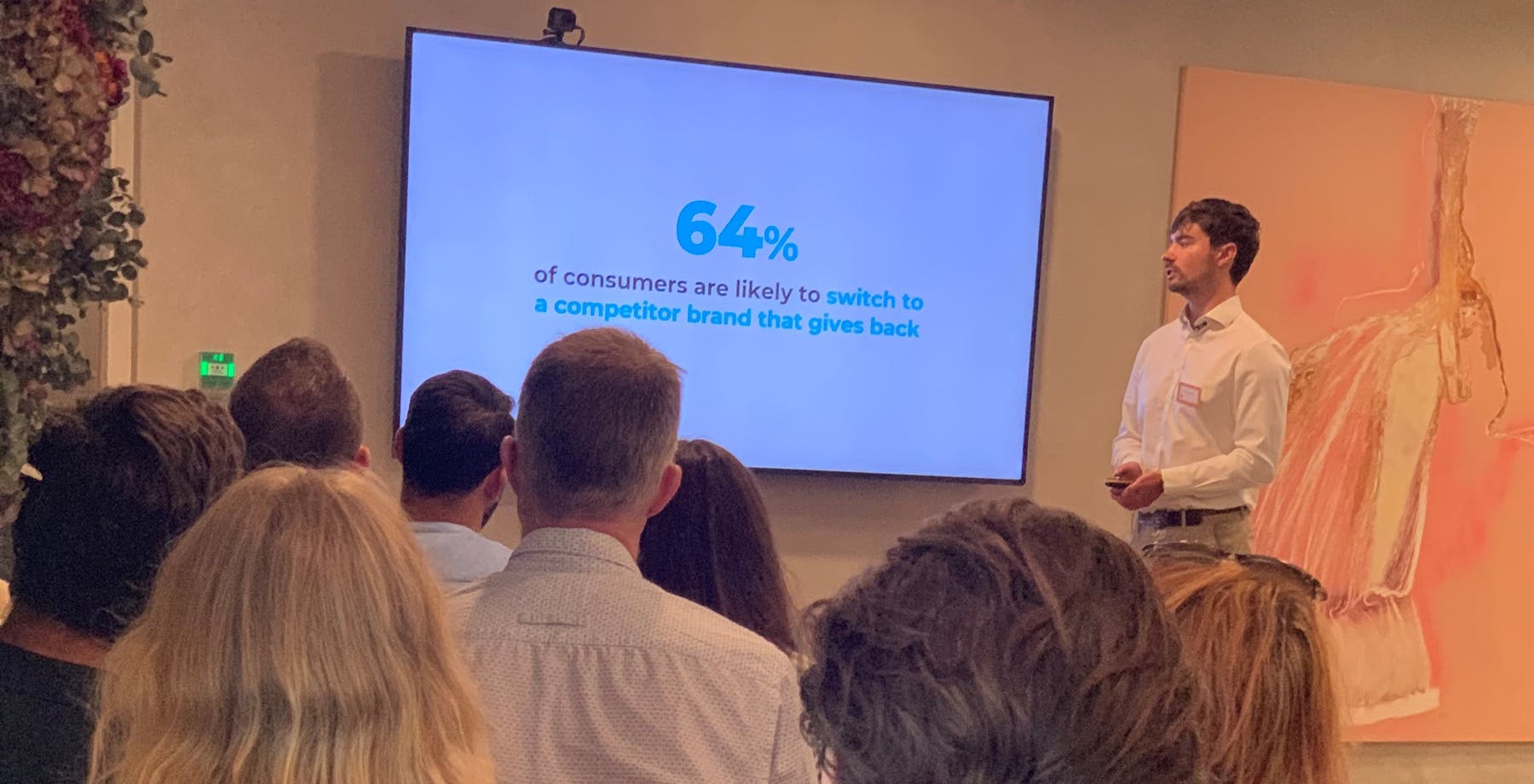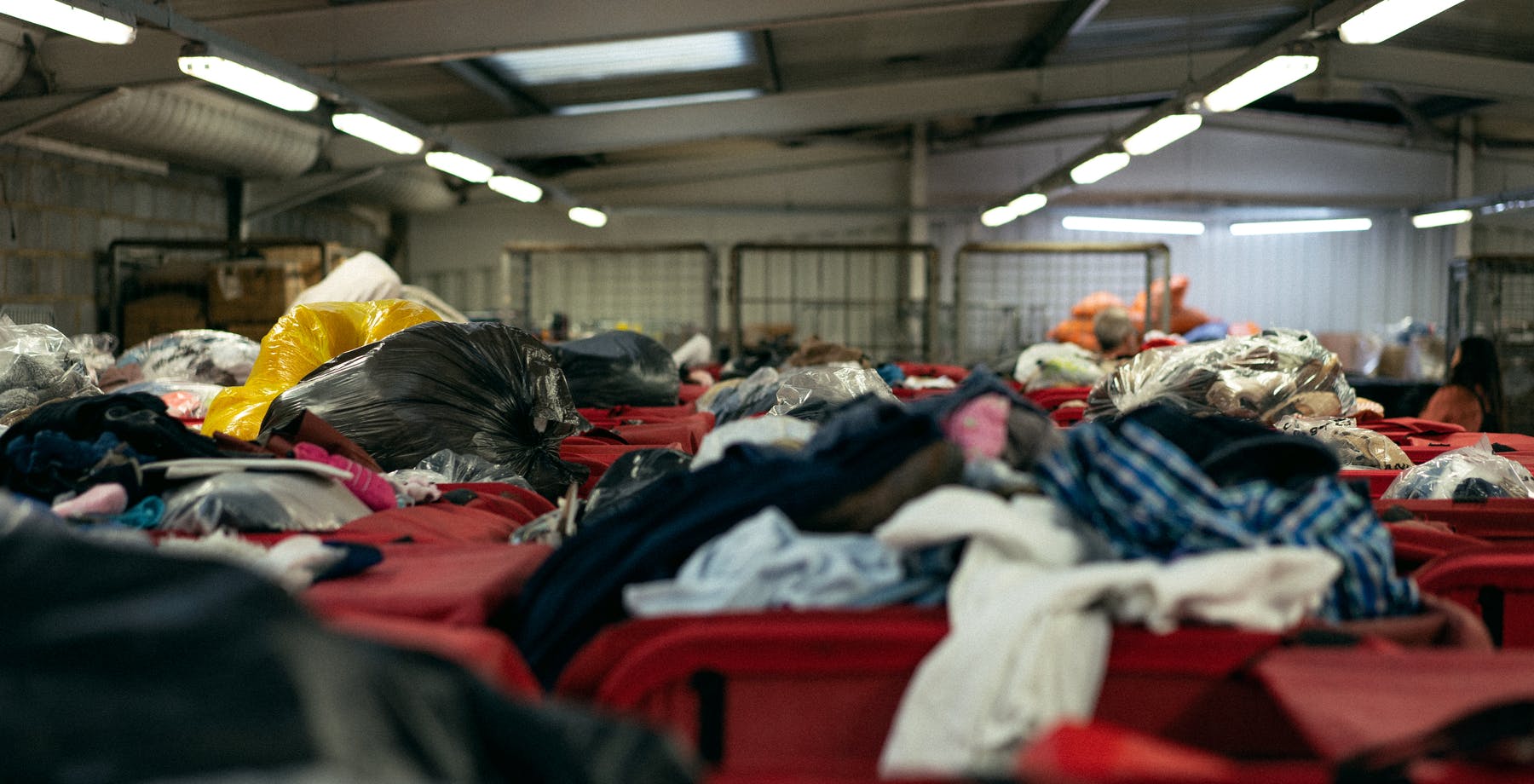Sustainability has long been touted as one of the biggest concerns for consumers, and something they’re willing to pay a premium for. But the unprecedented success of Chinese-founded global fast fashion retailer Shein appears to completely contradict this and demonstrates that in practice, consumer actions speak louder than words.
Shein was founded in 2008 and as of 2022, is the world’s largest fashion retailer valued at $100 billion and shipping to 220 countries globally. The company has been beset by greenwashing and charity-washing claims, yet it continues to grow. So, we decided to investigate further. We surveyed 450 consumers to understand the broader relationship between ESG and consumer behaviour and explore the driving force behind Shein’s success.
What drives purchases?
When making a fashion purchasing decision, price and quality are the two most important criteria for almost everyone. As we might expect, convenience completes the top three factors, with sustainability narrowly beating out the remaining four options: newest trends, stock variety, shopping experience, and inclusive sizing.
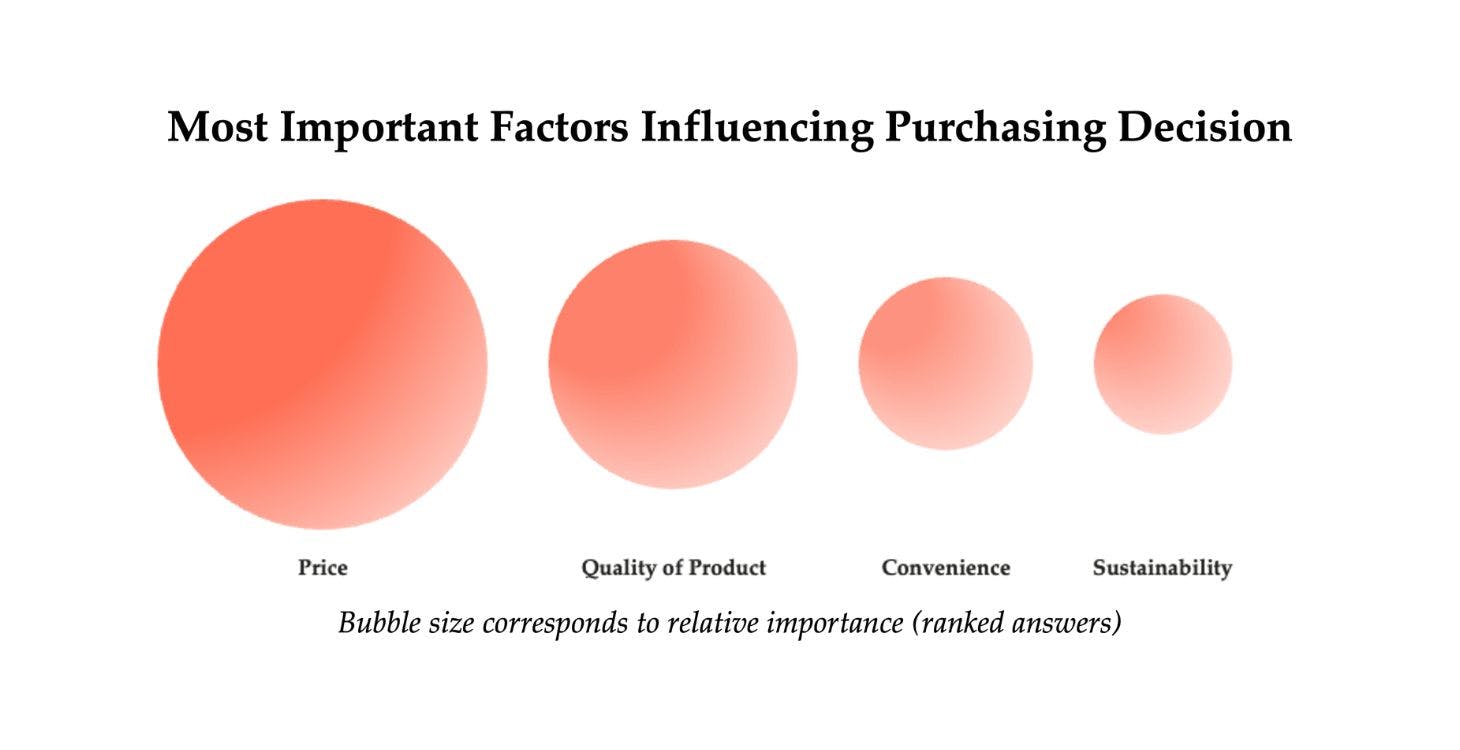
Whilst Shein certainly wins out on price, our research shows that it doesn’t follow traditional buyer behaviour patterns. Both quality and convenience are both ranked as the top reasons - at 28% each - customers have stopped shopping with the brand. Despite this, Shein still maintains a vast customer base as Shein’s proposition is still attractive enough elsewhere to overcome these fundamental issues which so often deter customers from purchasing elsewhere.
Perhaps the most notable finding from our research is that a surprisingly large subset of the population actively associates Shein with sustainability. This suggests the negative publicity surrounding its social impact is often squashed by greenwashing attempts that change customers' minds.
Side-lined sustainability
In the past year, Shein has announced various ‘Environmental, Social and Governance (ESG) friendly’ initiatives, such as pledging $50m to tackle clothing waste in Ghana and cutting 25% of its Scope 3 emissions by 2030. Most recently, it announced its resale platform in the US dubbed ‘Shein Exchange’ – a contradiction to its business model of overproduction.
Beyond the obvious negative impact of its extreme fast fashion model on the environment, Shein has also been accused of poor labour practices and working conditions, failing to disclose these as required by modern slavery laws. Channel 4 released a documentary uncovering 18-hour workdays for employees earning 3p per garment produced.
It is seemingly a disheartening indication that greenwashing and genuine action can be hard to decipher in consumers’ minds. However, the most common finding is that shoppers are likely aware of some of these issues, but these drawbacks are not perceived as significant enough to overcome their desire for low prices and en-vogue items.
But this is only half the picture. When we asked those who have heard of Shein but never bought anything why this was, we found that the resounding factors were low quality (28%) and delivery times (28%). Concerns around exploitation (9%) and sustainability (5%) only stunted Shein purchases for a cumulative 14% of consumers – a quarter of quality and convenience drivers.
Beyond this, when asked what changes Shein would need to make for them to reconsider their stance, 31% of respondents suggested even lower prices, with just 2% suggesting that sustainability improvements would influence them. No respondent selected better working conditions. The implication, therefore, is that whilst consumers may say sustainability is their fourth most important consideration when making a purchasing decision, in reality, it doesn’t even come into the picture.
So why does Shein shine?
The deadliest weapon in Shein’s arsenal - and the key to their astronomical success - is community. Based on the pre and post-purchase behaviours of loyal Shein customers, our research shows that these customers rely heavily on the opinions of their peers via social channels. In turn, they are also more likely to feed back into the community from which they were influenced.
This extremely engaged community relies on community peers to provide frank and trustworthy insights into true product quality. Furthermore, the prevalence and visibility of others shopping with the brand could be seen to go some way in reassuring consumers that they are not alone in acting against the broader ESG cause.
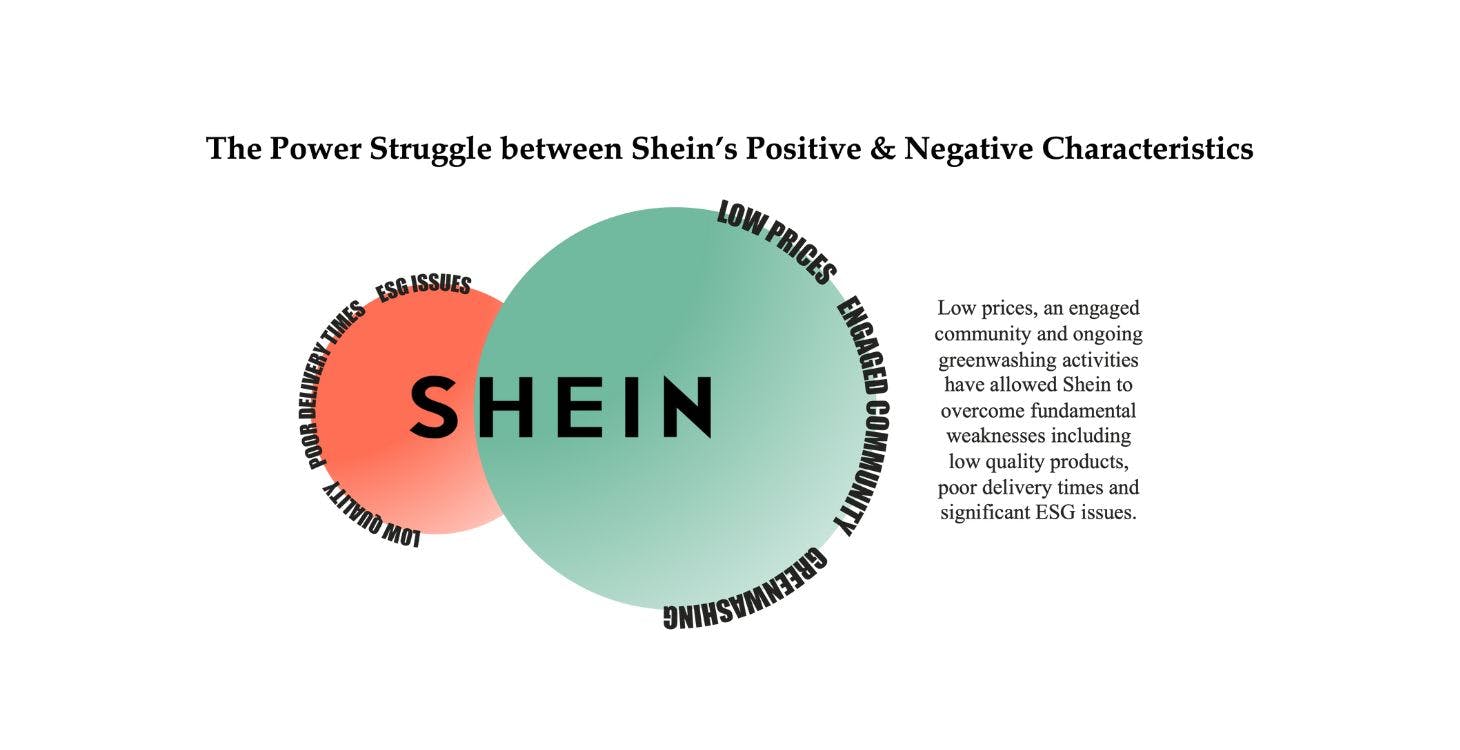
What does this mean for other brands?
Whilst consumer sentiment around sustainability may currently be dwindled by the desire for low prices, particularly in this macroeconomic climate, these considerations should form part of a long-term strategy for any brand or retailer.
Price parity for sustainable products will become table stakes for consumers to make this shift. Just focusing on sustainability will not ensure success – Shein has overcome many of its issues by honing its social strategy. Shein has understood its Gen Z customer demographic well, and in a world where humans are social creatures and often rely on others’ opinions, it’s harnessed this community to support sales through reviews and trend analysis. Any brand or retailer should consider how its customer base interacts with each other and the company itself, as building a community and brand affinity will define who wins.
